Hello everyone! How is it going?
It is the blog: How Unique Japan! We always share many Japanese features and uniqueness! Thank you for visiting this blog.
So, what comes today?
This time, we would like to inform you about the disasters in ancient times.
Japan is unfortunately famous for some disasters, such as earthquakes, tsunamis (blood), and fires.
The last one, fire, was a deadly problem for the ancient Japanese in the Edo era.
Yes. We will discuss past fire incidents and their solutions.
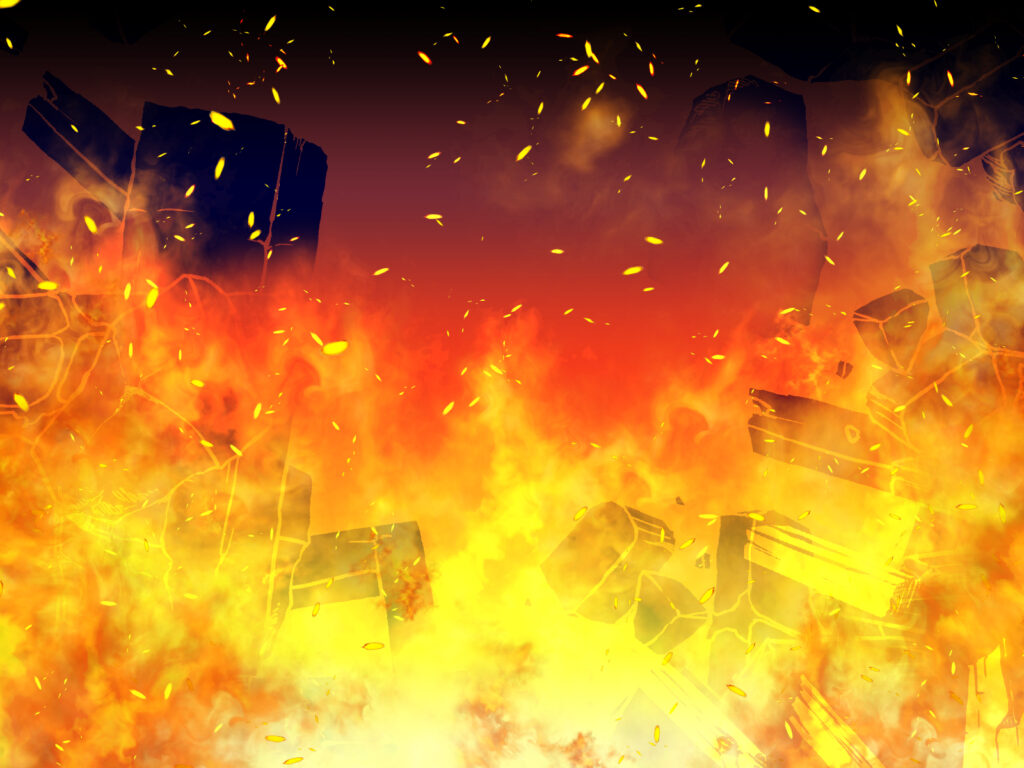
The fire was a deep concern. One of the Edo castles, Tensyukaku, was a stunning lookout tower and armory.
Unfortunately, the castle burned down in a well-known fire incident in Japan. We call it the Meireki No Taika, or the Big Fire of the Meireki period.
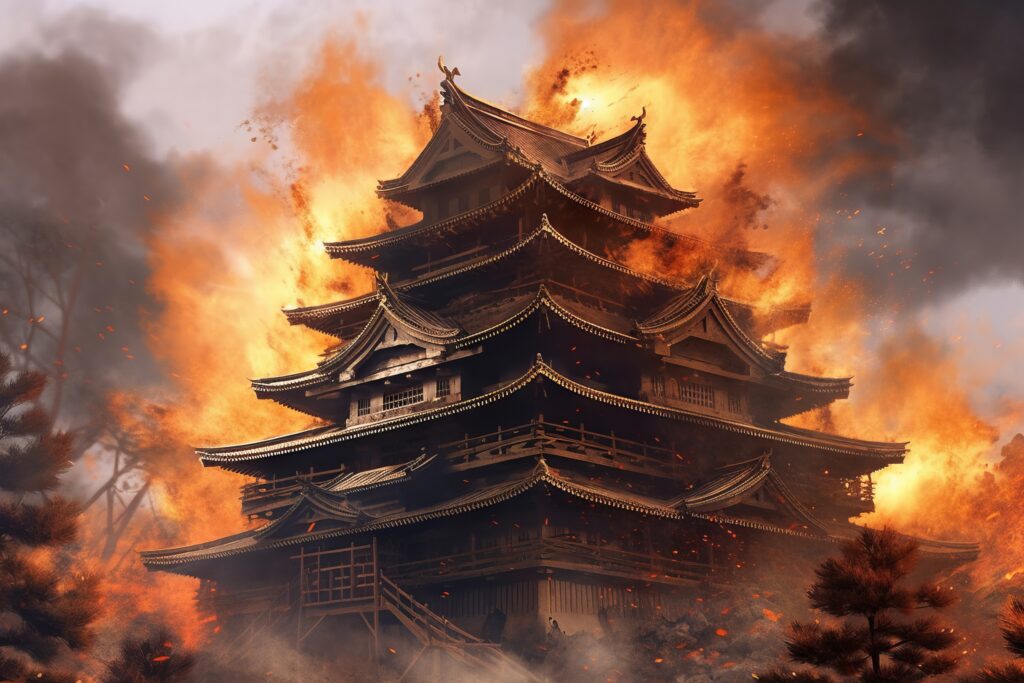
The victim was not just the castle; the massive fire lasted two days and destroyed around 451 hectares of Edo City. It accounted for approximately 60% of the entire area.
The fire devastated 500 noble houses, 300 temples and shrines, 9,000 warehouses, and 61 bridges.
Shockingly, there were over 30,000 fatalities, with some theories suggesting that the total could be nearly 100,000.
It is unbelievable.
Besides, the cause was also insane.
You might have estimated that such a disaster must have occurred due to a crime.
NO.
The fire occurred with only THREE WOMEN who did a memorial service in a temple. They burned only three long-sleeved kimonos for their past preciouses (three female children).
Karma sometimes destroys such innocents. A few sparks from the fire made this terrible fire. Indeed. That was not from any terror or evil. It was just a SMALL ACCIDENT.
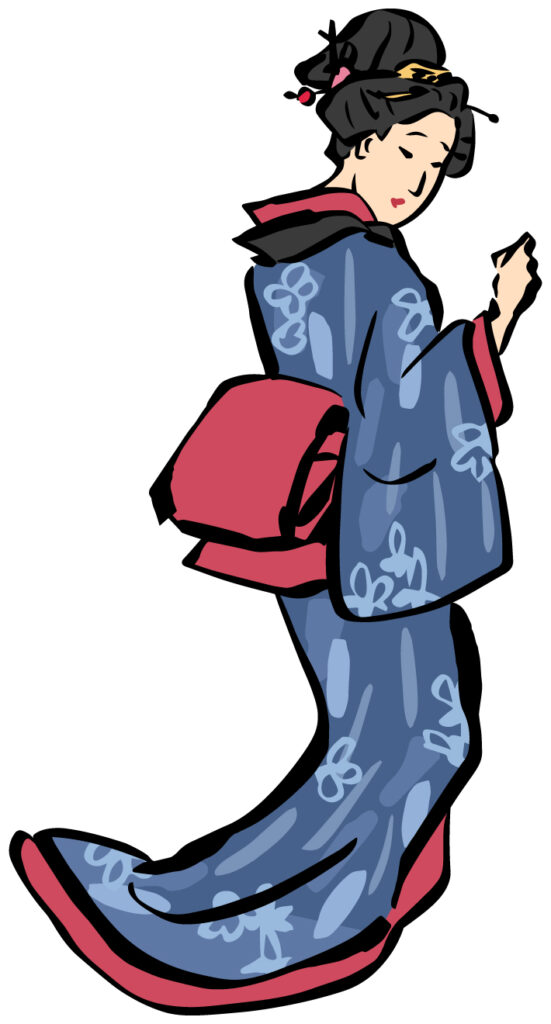
You now get it.
A small fire could be deadly during the Edo period. But why was such a megacity weak against this disaster? Was there no solution for it?
Let us see the details of the city and how to solve it.
The cause of fire threatening
Japan is an island nation. Besides, the city had many artificial rivers around (those rivers worked as a logistic system in the era).
It means that fire disasters are not a concern for the Japanese. Correct?

We agree that we are close to water sources.
However, they (old Japanese in the city) did not have a system to draw water up from rivers – for example, a pump and a horse. (They had one pump system, but the power was similar to a faucet.)
Besides, almost all houses were WOODEN. The castle that burned down was no exception. The problem was not only that. In residential areas, those houses were very close to each other (CONNECTED). It was like flat apartments. You now understand why fire spreads quickly when it occurs in Edo city.
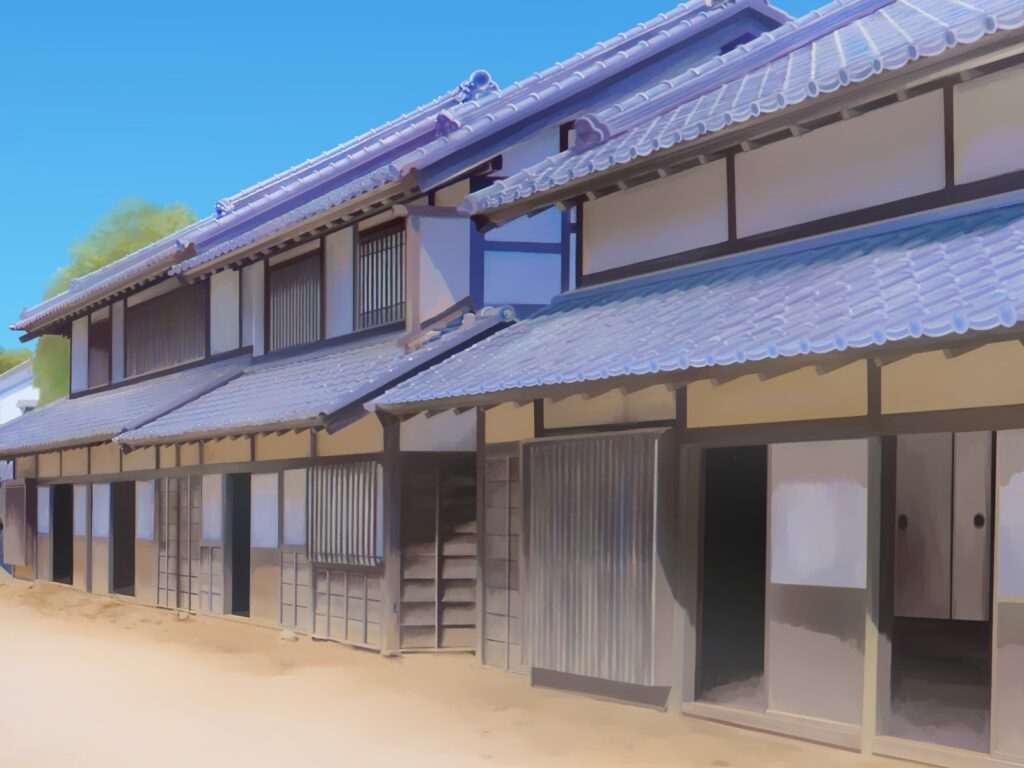
Why were many houses wooden?
The answer is simple. Japan has many mountains with forests. Thus, forestry was an effective market.
Besides, they cost much less than Mason’s. It is the reason. They are easy to break and easy to establish.
Then, what is the solution if the fire occurs?
The solution/method against fire
Of course, the citizens did not just see a fire destroying their houses. The citizens kept stock of the buckets filled with rainwater. They were named Tensui Oke (Ten means heaven, sui is water, and oke means bucket).
So, when the fire incident occurred, the citizens quickly reached the position to get the buckets. They did a bucket brigade for the first approach!
But it was not effective sometimes.
OK! It is the time for professionals!
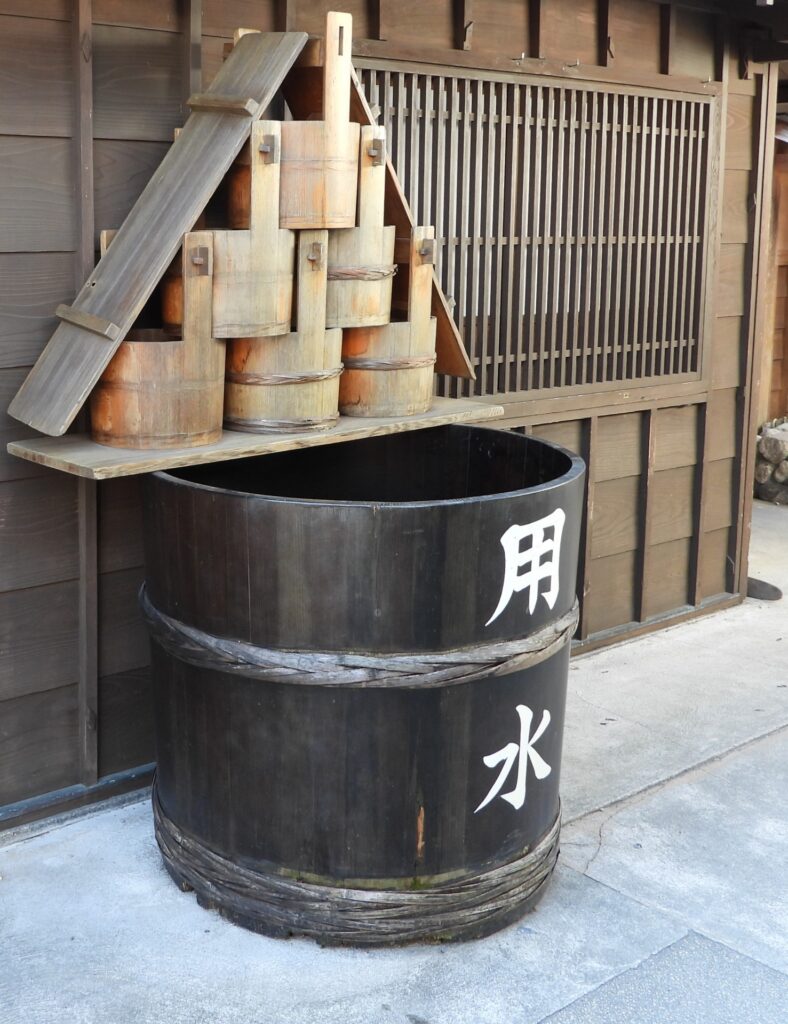
The firefighters in the Edo City, Hikeshi
Any fires quickly spread through the wooden and connected apartments, and the water serving system was ineffective.
Alright. Call professionals for the incidents. They are Hikeshi. Hi means fire, and Keshi means erase. So, they are the firefighters of the era.
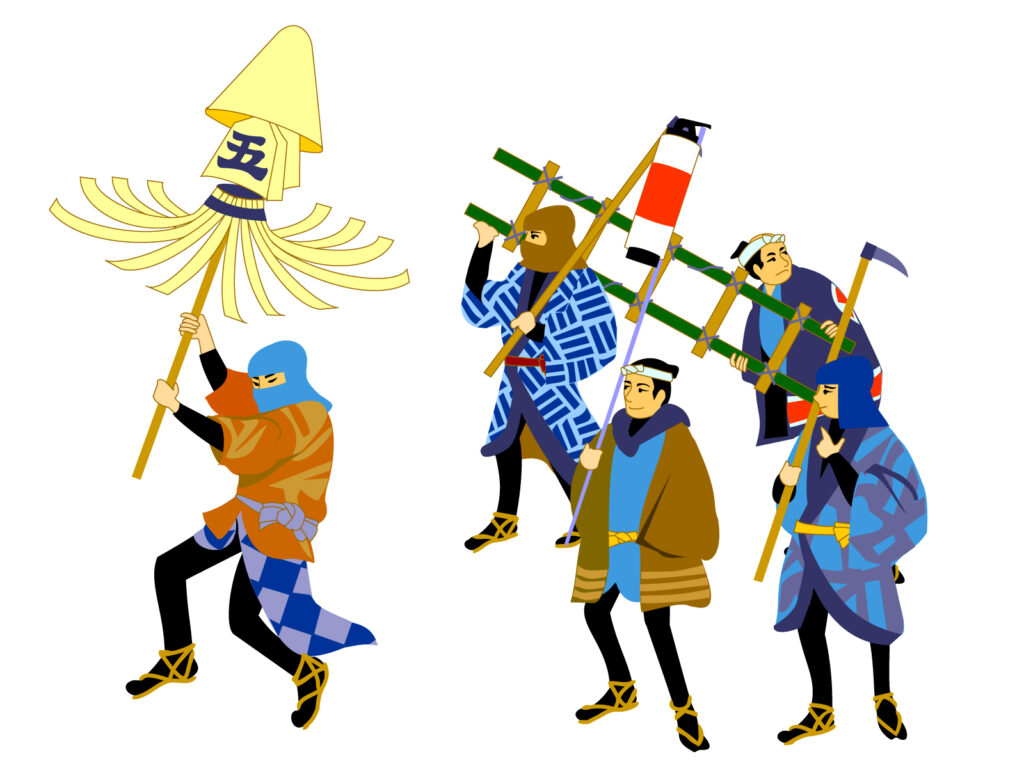
Wait a minute. We just said that Edo City did not have a water supply system.
Then, how did such experts extinguish the fire?
The answer was insane.
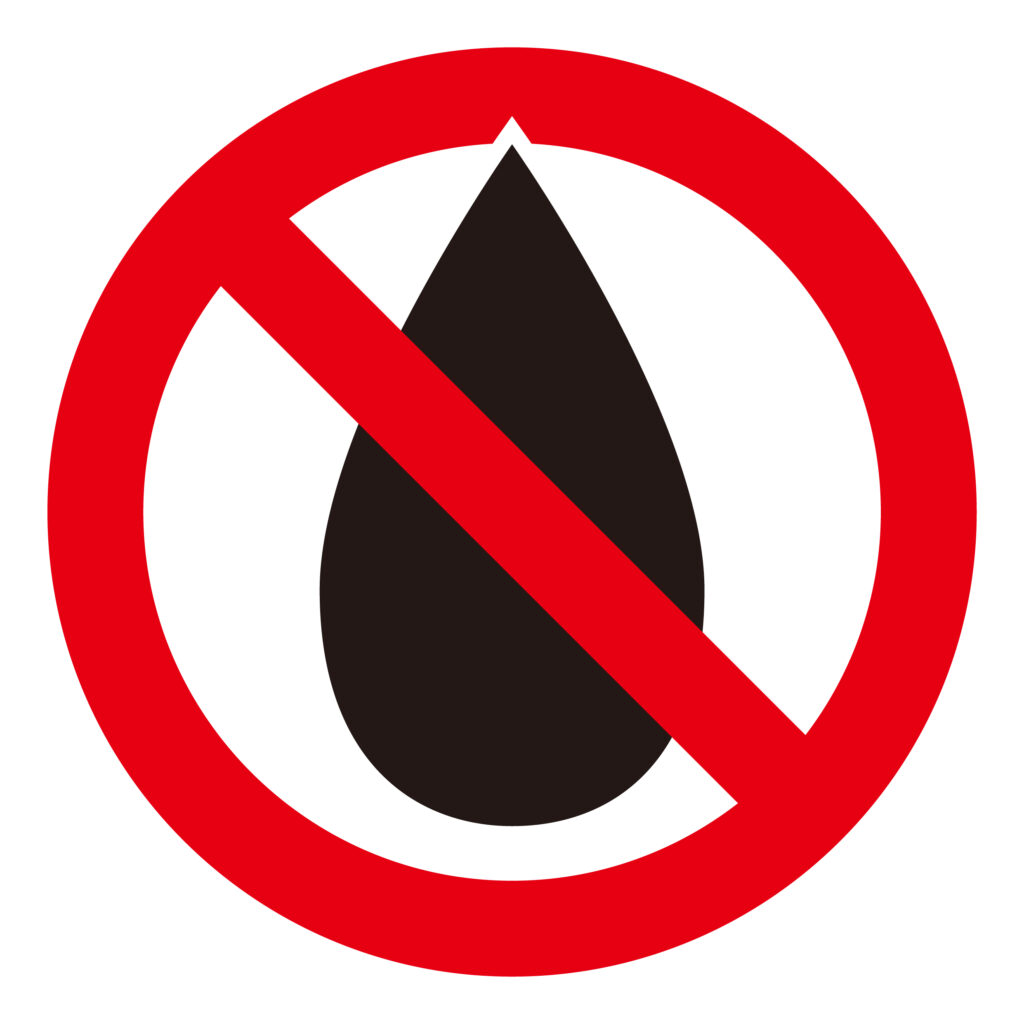
Break down the connected house before the spark causes the second one (fire spreads).
Yap. Instead of using water, the Hikeshi destroyed apartments around the source. Thus, their equipment was not tools for water, like hoses or pumps.
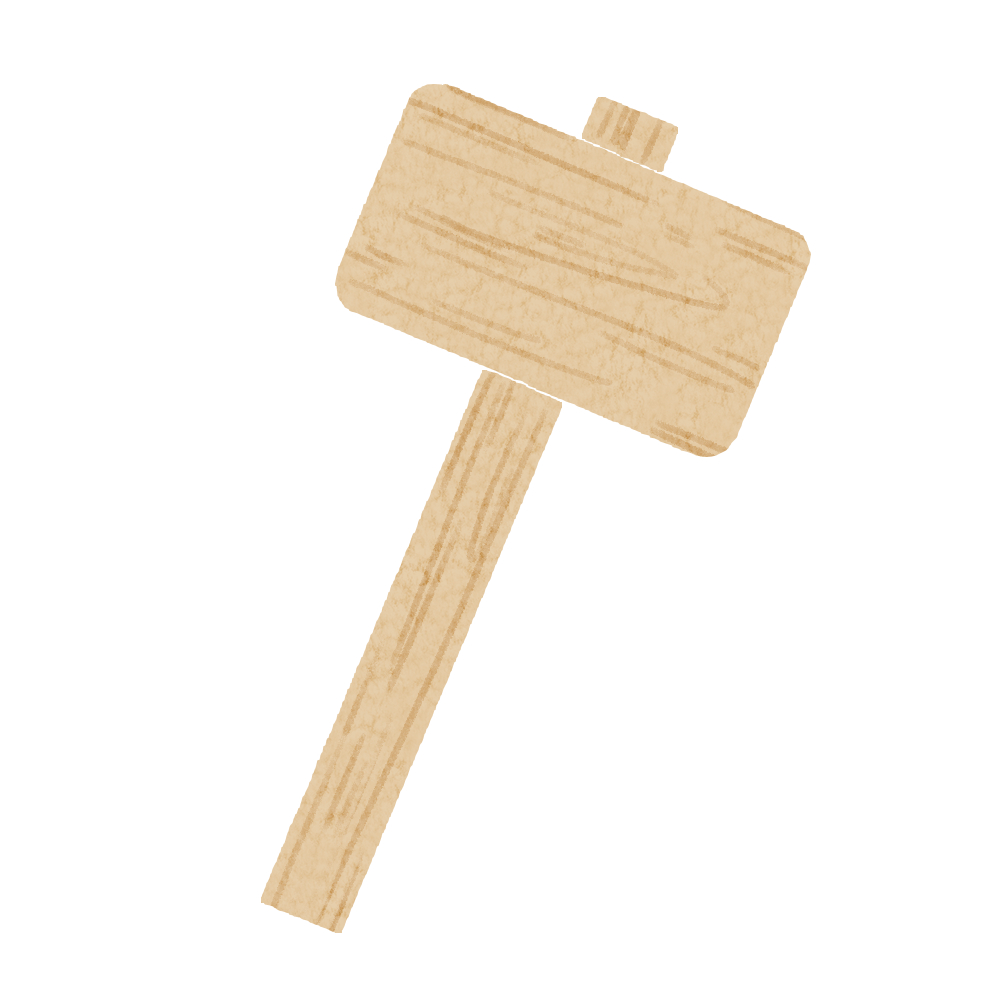
Therefore, their tools included large and small saws, hammers, tridents for breaking walls, and giant fire pokers with L-shaped iron pieces at the top, resembling small halberds.
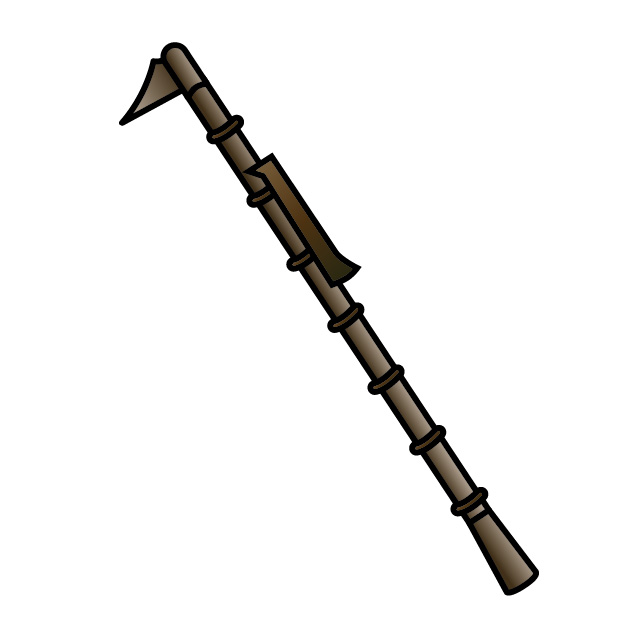
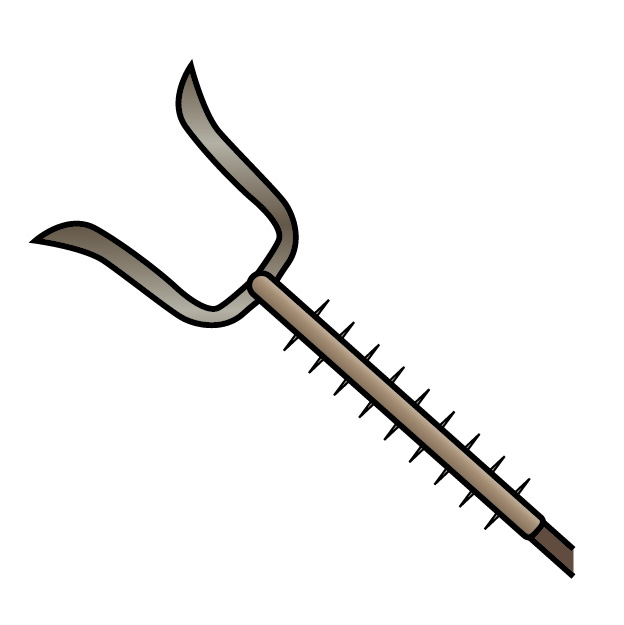
Indeed. The Hikeshi (firefighters) were more demolitionists or warriors than fire professionals.
Destroy the building around the fire source ASAP. It was the firefighter’s duty (no matter what). Thus, they were aggressive like the Yakuza (Japanese mafia).
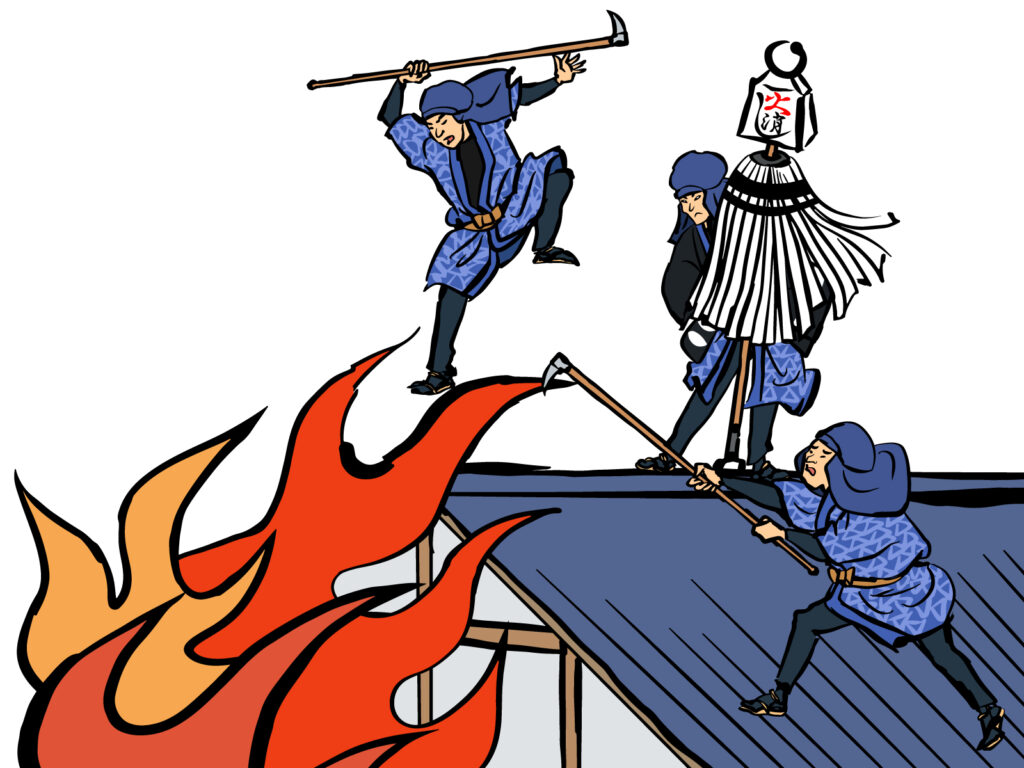
(We will need to say that the ancient Japanese Yakuza were not only evil or villains. They sometimes worked for society/community around their territory, like guardians from invaders.)
The leader of firefighters, Matoi
We introduced the equipment and duties of Hikeshi. However, we still have not touched on the most unique one.
Please look at the picture and behold.
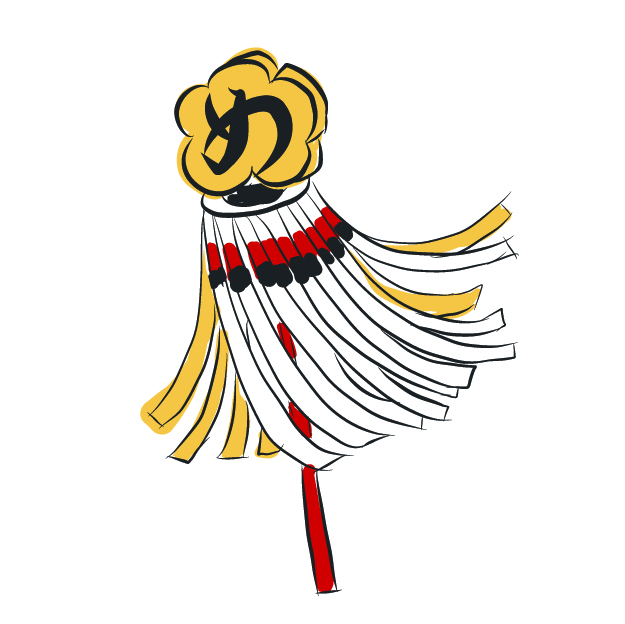
It is the Matoi flag.
Many young guys became the Hikeshi and dreamed of grabbing the flag with some ribbons attached underneath.
It is because the leader was the only position allowed to do.
OK. How did such a position with a flag work in the danger zones?
Let us say again. IT WAS CRAZY.
Their duty was to stand on the roofs of flat apartments next to the fire and swing the flag! So their position was the closest to the deadly fire-like inferno.
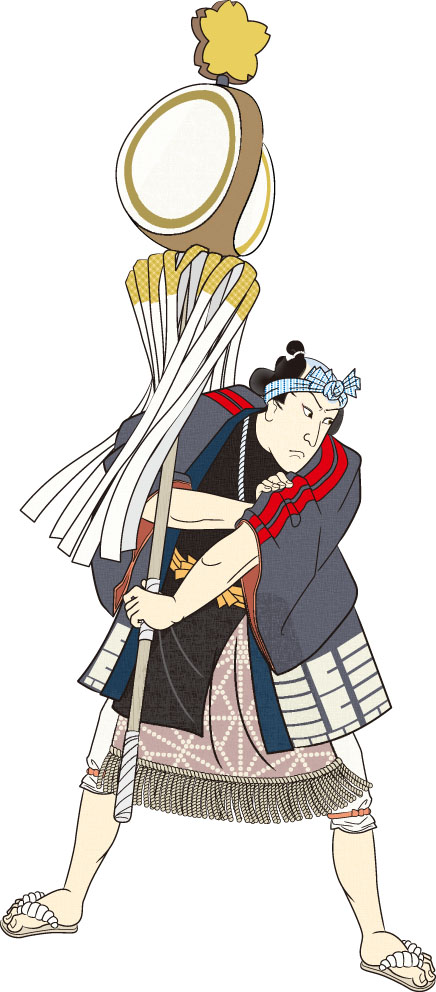
What were they doing?! They were trying to kill themselves?
No.
Do you remember that the flag was the symbol?
Yes. It gave a message to all citizens evacuating. It said we are here! It is the point where the fire is approaching! We are going to stop it right here!
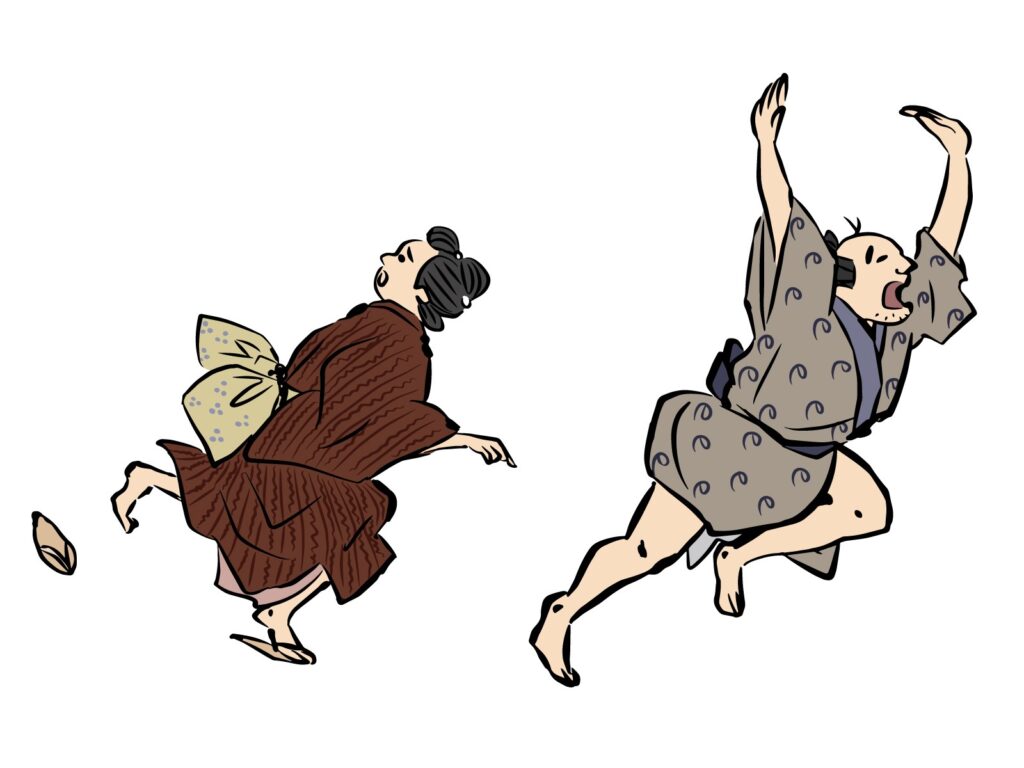
Indeed. The Matoi’s duty was to inform everyone of the location where the fire was happening and lead citizens to evacuation places. They trusted him because of the flag swinging. It expressed the sign that he (with the Matoi flag) was still alive. It means the fire would be gone there.
His duty was more. He also took command of the other firefighters working on the ground as the leader.
Yes. It was an insane but courageous leader who took such suicide missions.
Therefore, the children in the era usually dreamed of becoming Matoi despite their aggressive character.
One more fact
Now you understand that any fire incident in Edo City could be deadly, and the firefighters of that era were exceptionally tough.
However, it’s important to remember that each Hikeshi organization operated like an aggressive gang or Yakuza, given the dangerous nature of their duties.
Yes. The Hikesi were active and proud as the protectors of the city and their territory.
Such a spirit sometimes went wrong.
They usually fought to conquer the other territory. That was like a gang conflict.
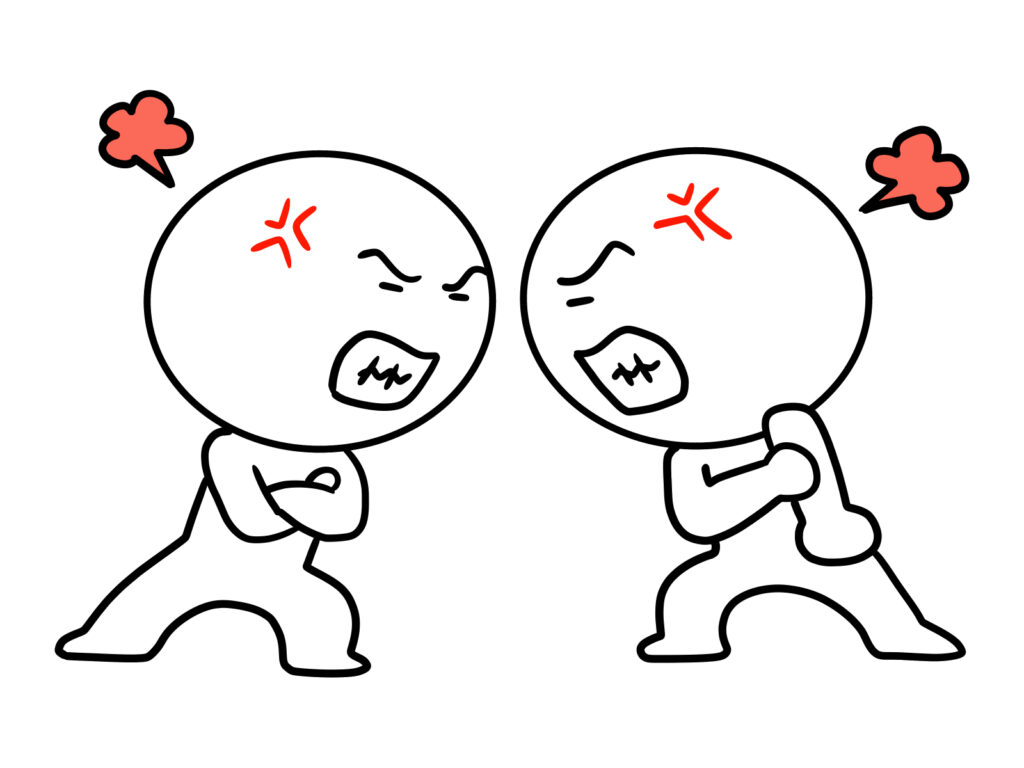
Thus, the Matoi flag keeps a mark (symbol) of its organization on top (and their uniforms). We said the flag was the message of the correct way to escape.
Hence, it also expressed THIS FIRE BELONGS TO OUR ORGANIZATION!! DO NOT TOUCH! DAMMIT!
So, each Hikeshi organization paid attention to the other. If a conflict (gang fight) happened, some citizens expressed their situation with those words.
Matusri to Kenka ha Edo no Hana. (Festivals and Conflicts are the beautiful flowers of Edo City.)
To close
Few! It is all today!
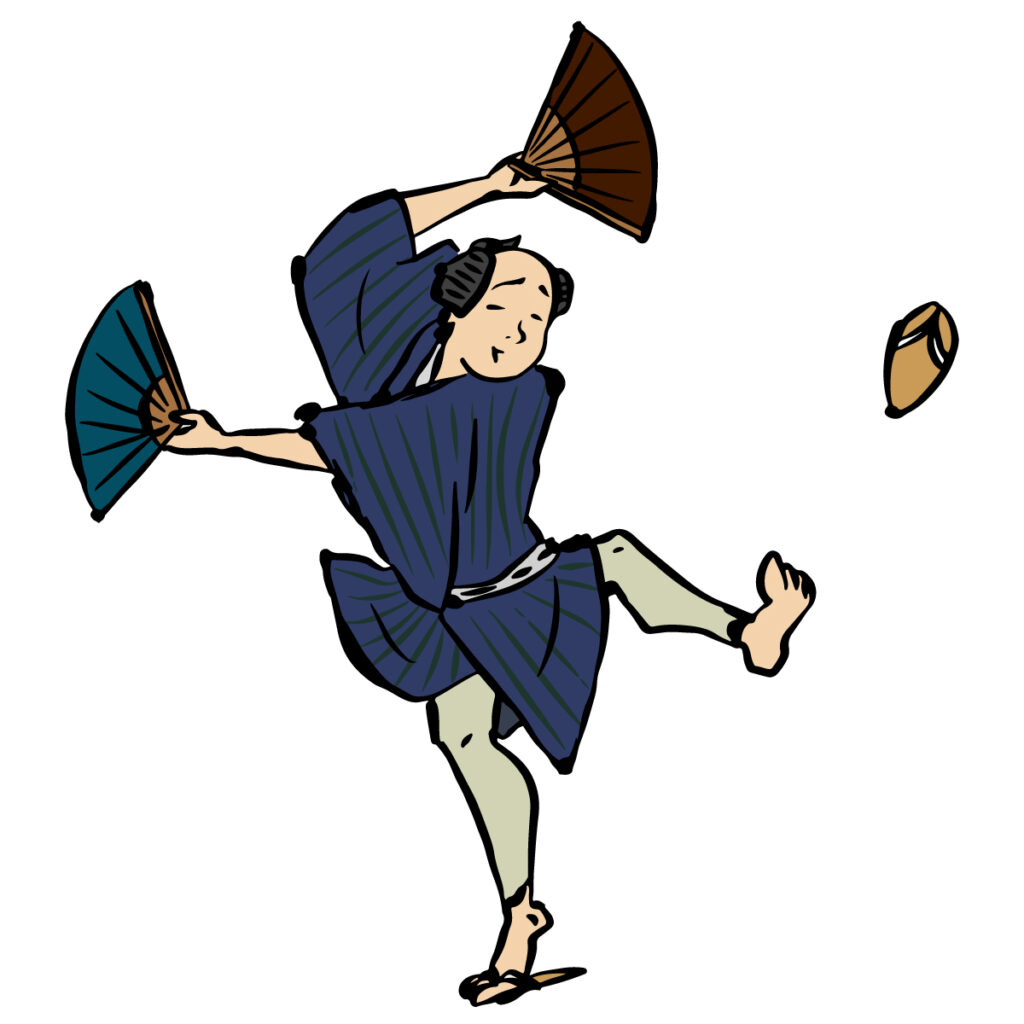
Thank you so much for reading our article! However, it is not yet. We should have other articles about more Japanese features. Lifestyle, Food, the Edo era (this page belongs to that), and Religions in Japan are on our page!
If you are still curious about them, please try them or visit the front page of this blog.
Let us say again.
Thanks, Legard’s. And see you for the next uniqueness of Japan!
